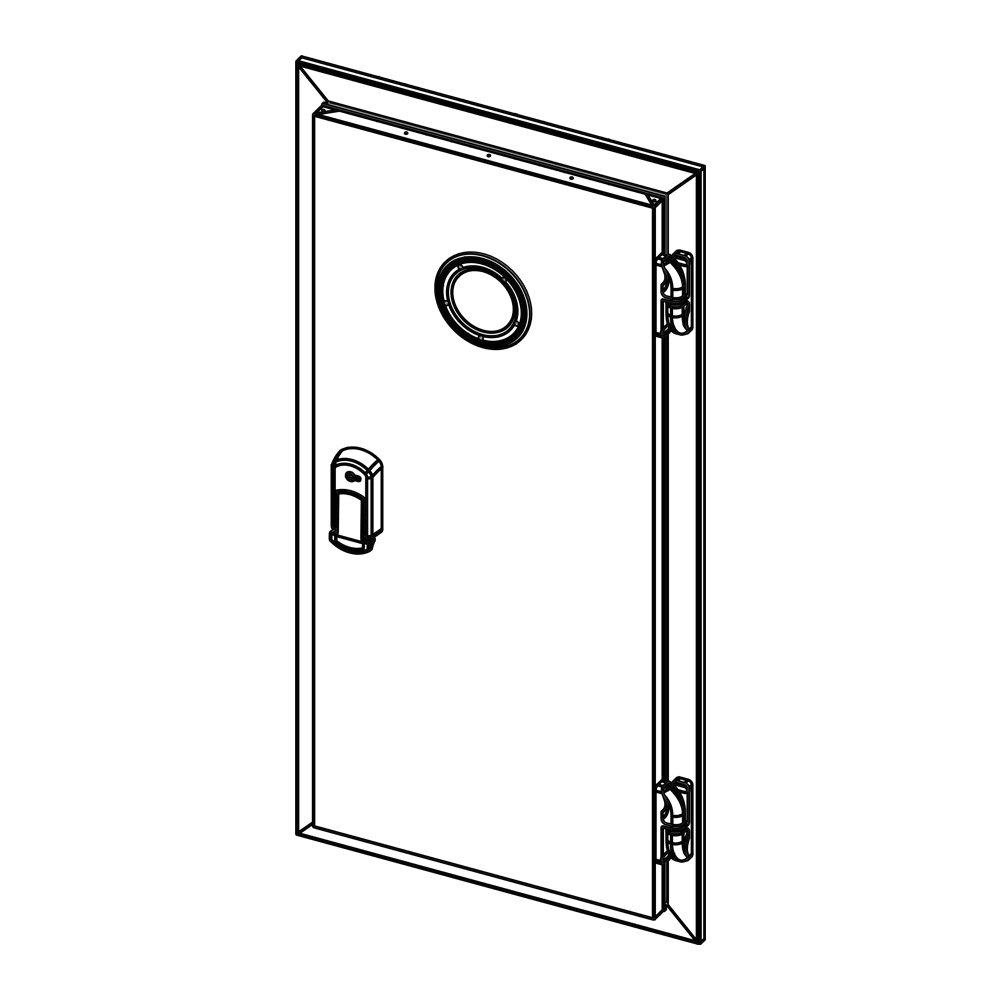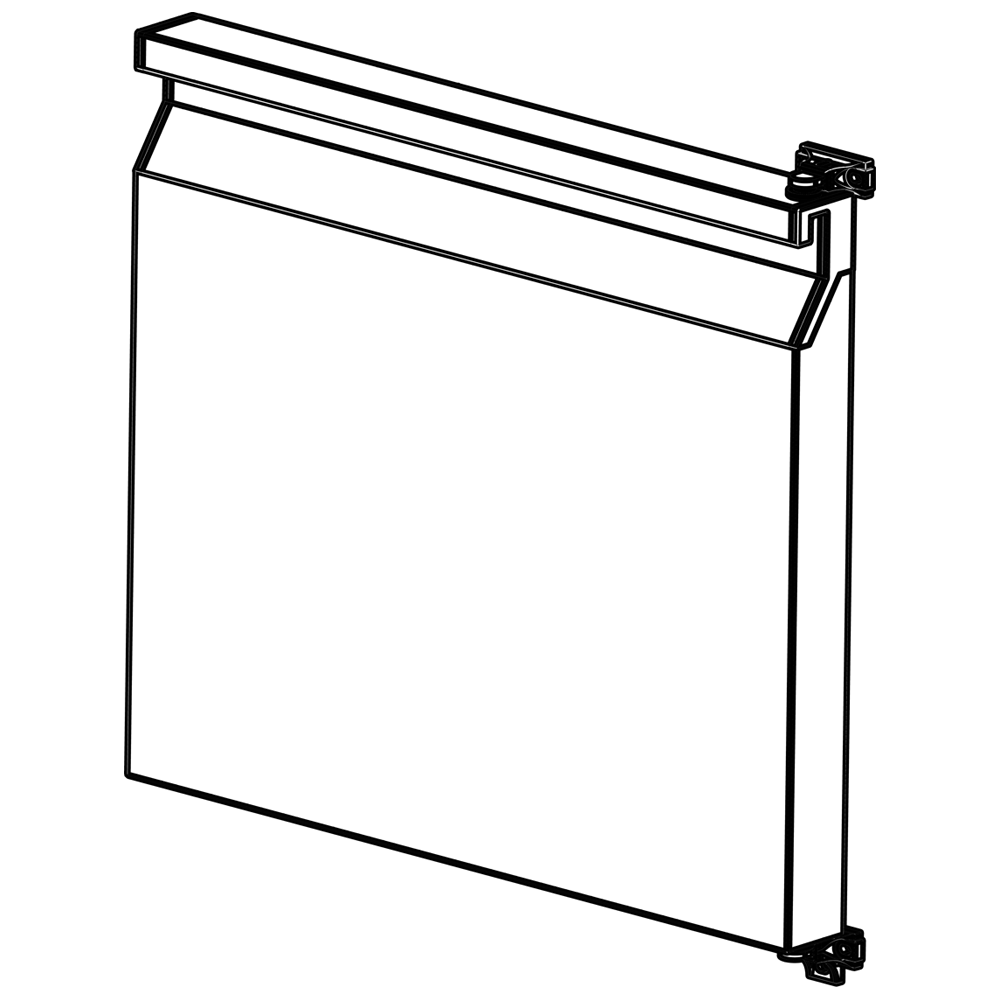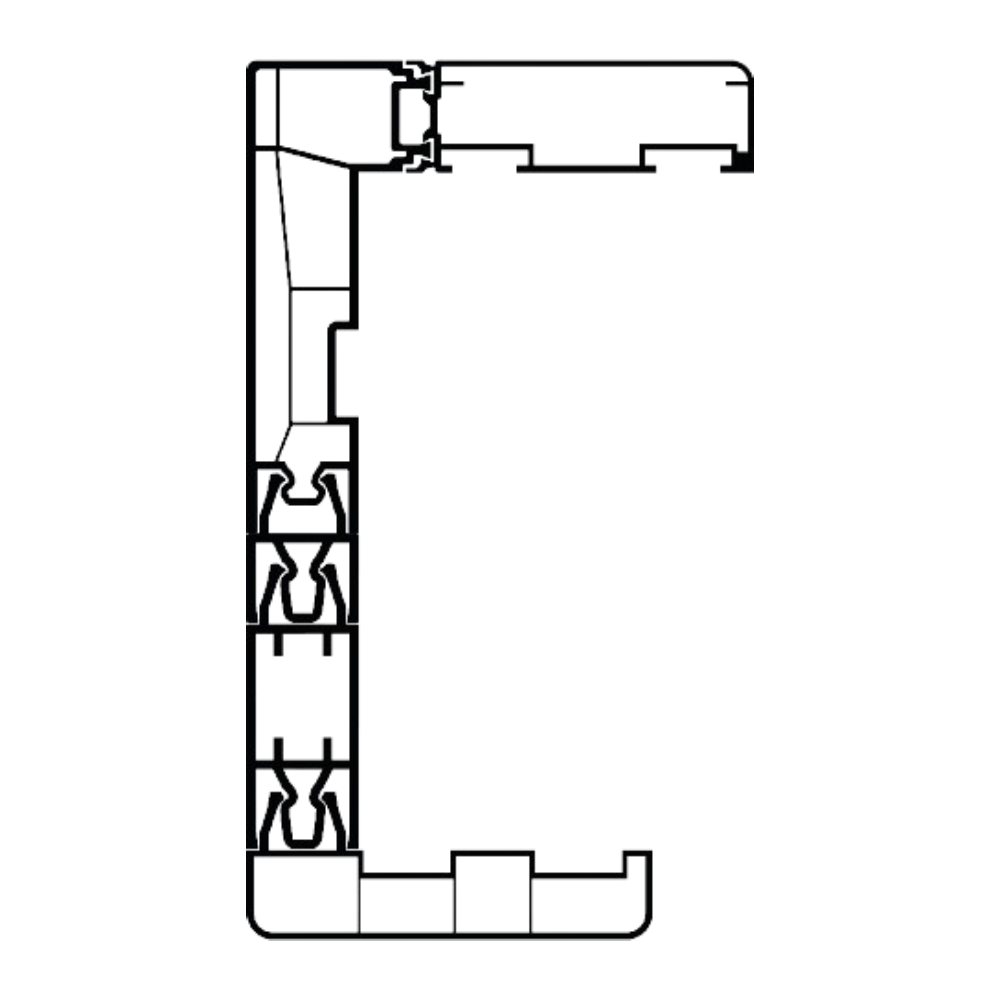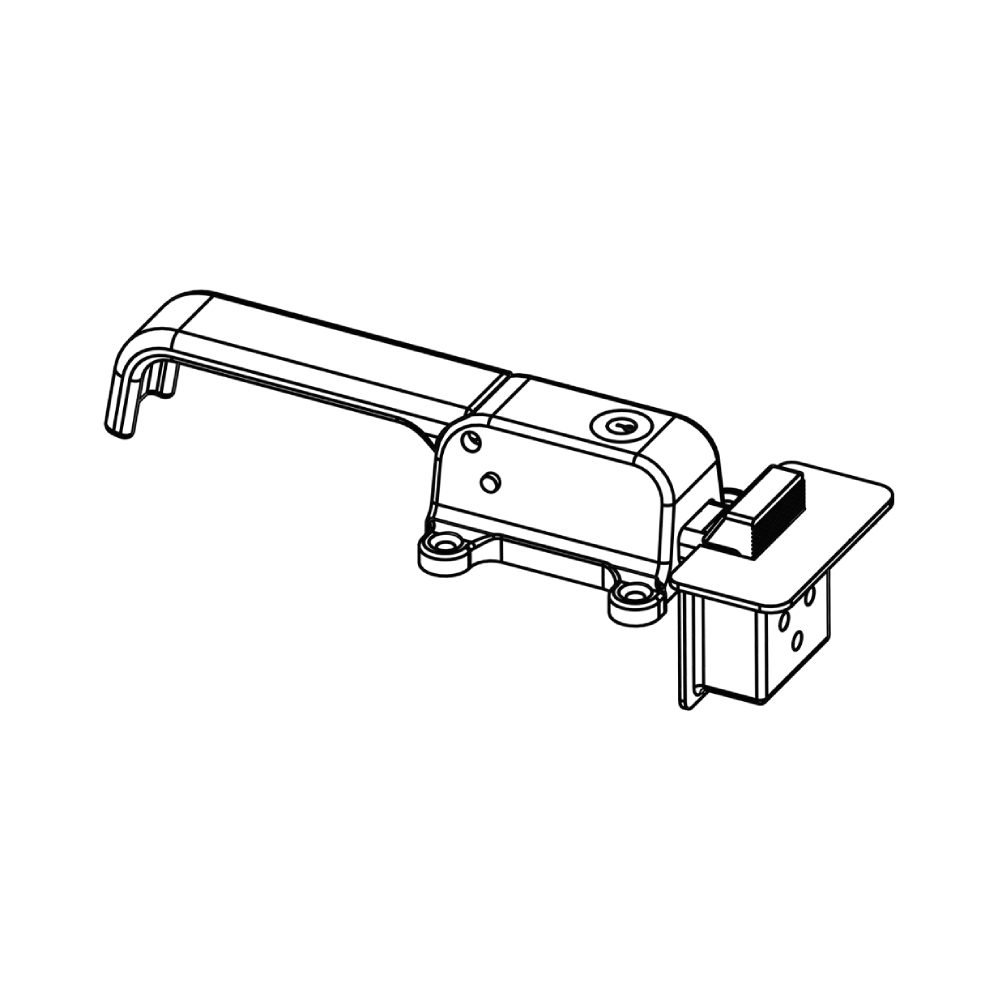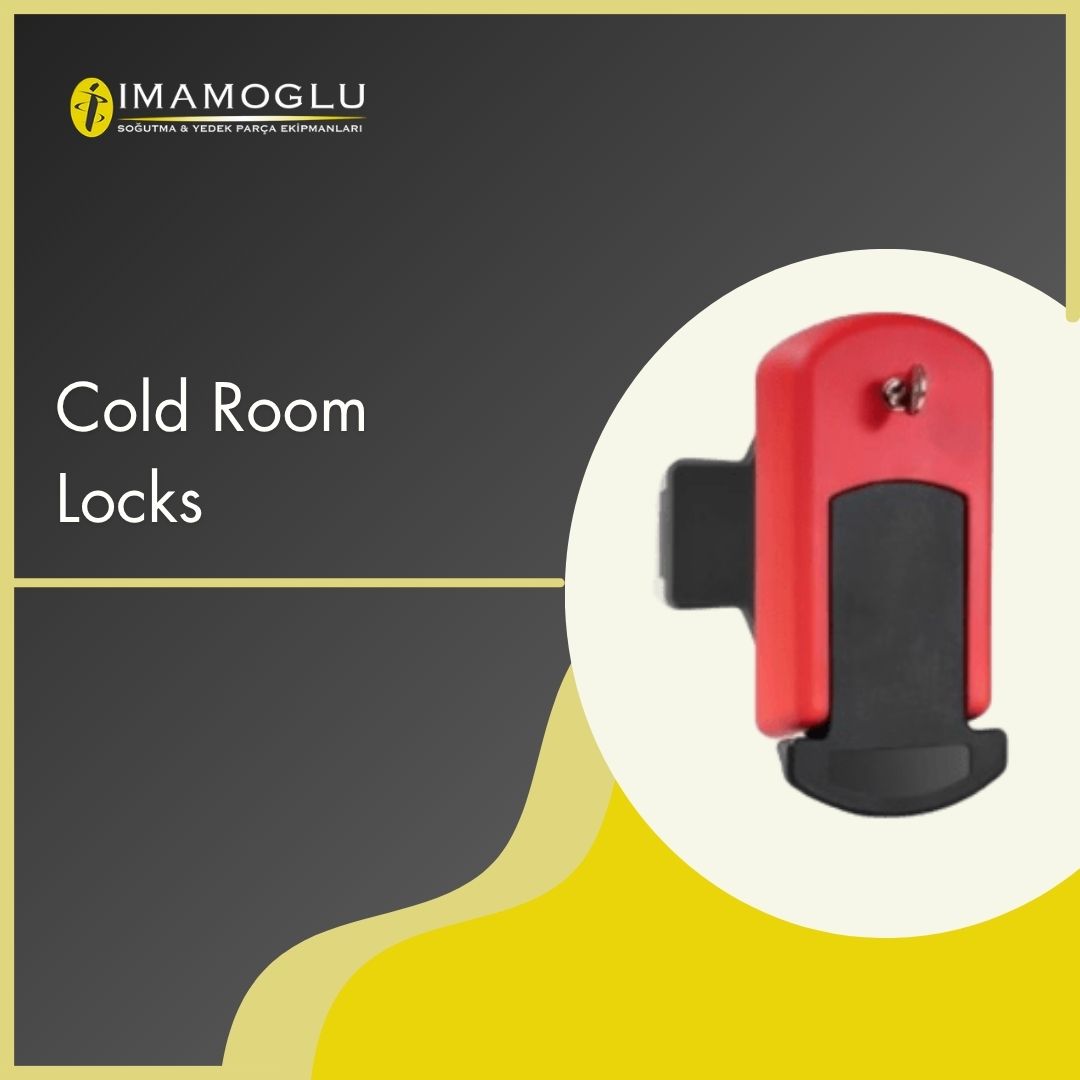Cold Room Locks
What Are Cold Room Locks and Why Are They Important?
Cold room locks are specialized locking systems designed to ensure security and temperature control in cold storage areas where sensitive products such as food, pharmaceuticals, and chemicals are stored. These locks play a critical role in keeping cold room doors securely closed, protecting product safety and enhancing energy efficiency. In cold rooms, improper door closure can lead to temperature fluctuations, which negatively impact product quality and increase operational costs. Therefore, high-quality locking systems are essential for both safety and economic reasons.
Cold room locks are typically manufactured with durable materials and designed to withstand harsh cold environment conditions. For example, stainless steel or corrosion-resistant alloys ensure the locks’ longevity. Additionally, these locks are equipped with mechanisms that support the airtightness of doors. This feature is particularly crucial in industries like food and pharmaceuticals, where hygiene and temperature control are paramount.
Another significant aspect of cold room locks is their contribution to enhancing business security. Locking systems that prevent unauthorized access protect valuable products from theft or spoilage. Moreover, by reducing energy loss, they contribute to environmental sustainability and help businesses lower their carbon footprint.
Types and Features of Cold Room Locks
Cold room locks are produced in various types to meet diverse needs and applications. One of the most common types is mechanical locks. These locks, with their simple design, are frequently preferred in small-scale cold rooms. They are easy to use, manually operated, and require minimal maintenance, making them ideal for small businesses.
In large-scale storage facilities, electronic locks are more commonly used. These locks can be integrated with technologies such as card access systems or coded entry, providing high security. They are ideal for logistics centers requiring fast and secure access. Electronic locks also offer remote control capabilities, enhancing operational efficiency.
Another innovative type is automatic locking systems. These systems lock automatically when the door closes and are often equipped with sensor-based technologies. They minimize energy loss in high-traffic areas and support hygiene standards, particularly in food processing plants and cold chain logistics.
Materials Used in Cold Room Locks
The materials used in the production of cold room locks are critical to their performance, durability, and adaptability to environmental conditions. Most locks are made from stainless steel or galvanized steel, which are resistant to corrosion. These materials ensure long-term use in humid and cold environments and comply with hygiene standards, especially in the food industry.
Some lock systems utilize high-strength plastic or composite materials. These materials are preferred for their lightweight nature and corrosion resistance. Additionally, gaskets used in lock mechanisms support the door’s airtightness. Typically made from silicone or rubber-based materials, these gaskets prevent energy loss and require regular maintenance.
The internal mechanisms of locks are designed to operate smoothly even in low temperatures. For instance, spring mechanisms or hydraulic systems prevent locks from freezing or jamming, ensuring long-term reliability.
Advantages and Technical Features of Cold Room Locks
Cold room locks provide more than just security; they offer advantages in terms of ease of use, energy efficiency, and durability. For example, automatic locking systems operate with sensors, enabling fast and contactless access. This feature is ideal for meeting hygiene requirements in the food and pharmaceutical industries and eliminates the need for manual unlocking.
Some cold room locks are manufactured with fire-resistant mechanisms, providing additional safety in emergencies. Moreover, airtight locking systems prevent cold air from escaping, reducing energy costs and supporting environmental sustainability goals.
Ergonomics is a key factor in lock design. Special lock handles designed for ease of use in low-temperature environments enhance worker safety, particularly in deep-freeze rooms.
Maintenance and Longevity of Cold Room Locks
Regular maintenance is essential to ensure the longevity of cold room locks. Lock mechanisms and gaskets should be periodically inspected to maintain sealing performance and prevent energy loss. Surface cleaning is also critical, especially in the food industry, to uphold hygiene standards.
In automatic locking systems, sensors and electronic components must be regularly tested to ensure proper operation. A well-maintained cold room lock can operate efficiently for 10-15 years, reducing long-term costs and improving return on investment for businesses.
During maintenance, lock mechanisms should be checked for issues like freezing or wear. Damaged or worn components should be replaced by professional repair services.
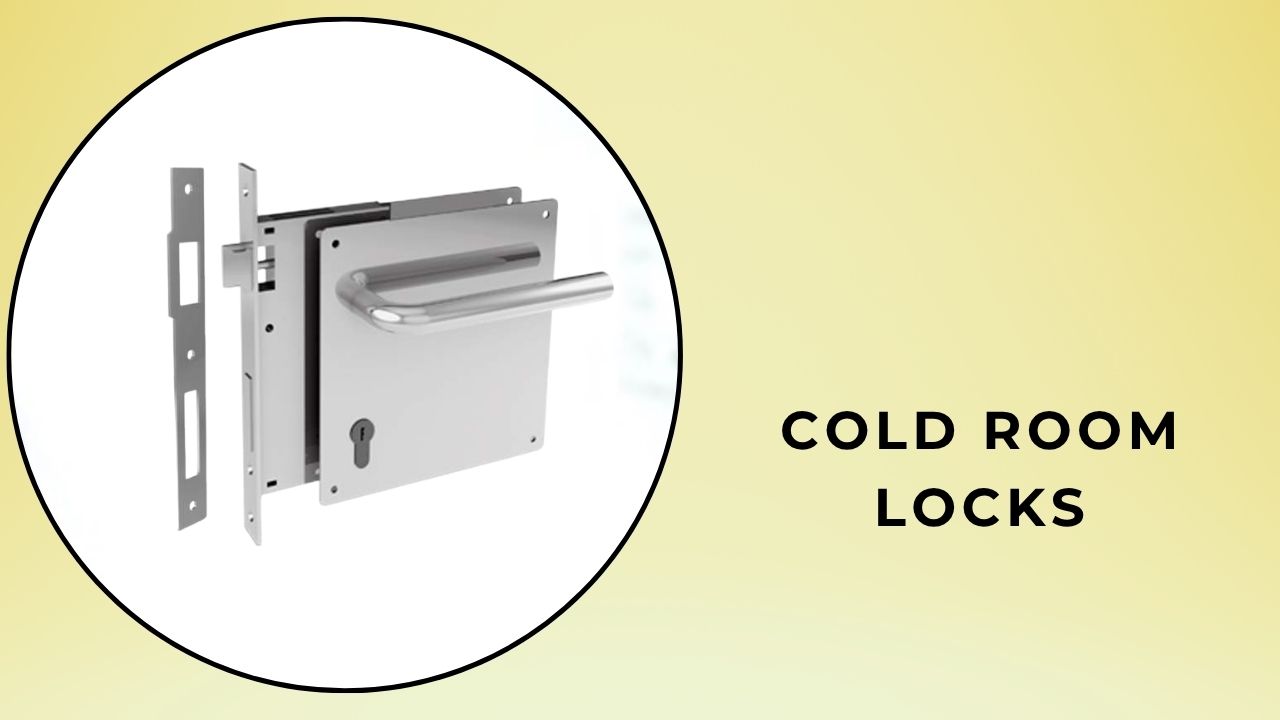
Applications of Cold Room Locks
Cold room locks are used across a wide range of industries. The food industry requires stable temperatures to maintain the freshness of products like meat, dairy, vegetables, fruits, and frozen goods. Cold room locks ensure the safe storage of these products.
The pharmaceutical industry heavily relies on cold room locks for storing vaccines, blood products, and other temperature-sensitive medications. These locks prevent spoilage and ensure product safety.
In logistics and storage, cold chain processes depend on cold room locks to maintain uninterrupted temperature control. Large-scale cold storage facilities often use automatic locking systems to facilitate the swift and secure movement of products. Additionally, industries like chemical storage and biotechnology utilize cold room locks for specialized applications.
Technological Innovations in Cold Room Locks
Modern cold room locks are becoming more efficient and user-friendly thanks to technological advancements. For example, smart locking systems open only when necessary, reducing energy loss. These systems optimize access frequency and duration, lowering operational costs.
Internet of Things (IoT) technology enables remote monitoring and control of cold room locks. IoT systems track parameters such as temperature, lock performance, and operational status in real time, sending alerts for any anomalies to prevent product loss.
Some advanced lock systems are integrated with energy monitoring systems to optimize energy consumption. These systems analyze the lock’s energy efficiency, helping businesses achieve environmental and economic sustainability goals. Additionally, innovative lock designs incorporate thinner yet more effective materials, reducing costs while maintaining high performance.
Factors to Consider When Choosing Cold Room Locks
Selecting the right cold room lock requires careful consideration of the business’s specific needs. Factors such as lock size, usage frequency, and temperature requirements must be evaluated. For instance, deep-freeze rooms operating at -18°C or lower require more robust locking systems.
Ease of installation is another critical factor. Locks that are easy to install save time and costs during setup. Maintenance requirements and the availability of spare parts should also be considered to ensure long-term reliability.
Certifications and standards are vital in the selection process. For example, locks used in the food industry must comply with HACCP (Hazard Analysis and Critical Control Points) standards, while those in the pharmaceutical industry should meet GMP (Good Manufacturing Practices) requirements. Choosing locks from a reputable manufacturer ensures both performance and cost-effectiveness in the long run.
The selection and use of cold room locks directly impact operational efficiency. Proper lock selection enhances product safety, reduces energy costs, and strengthens a business’s competitive edge. Therefore, conducting a thorough analysis and consulting experts during the selection process is highly recommended.


